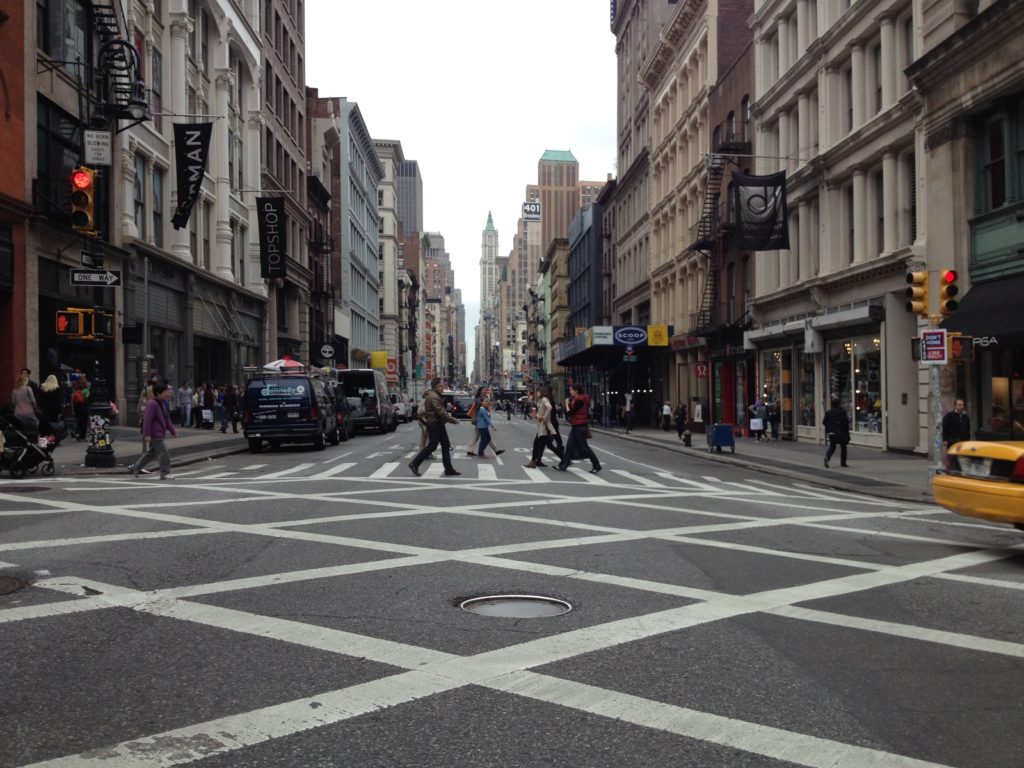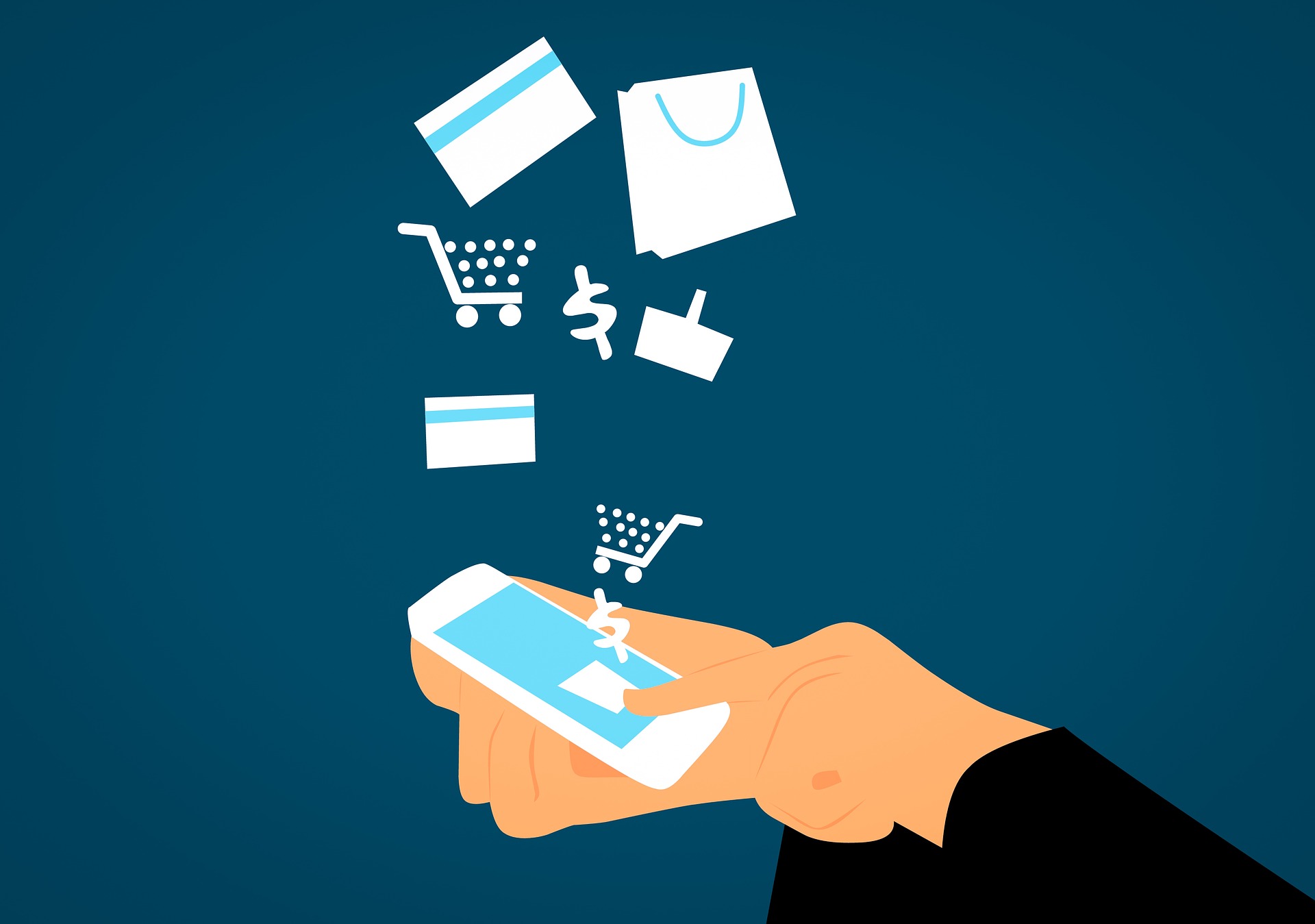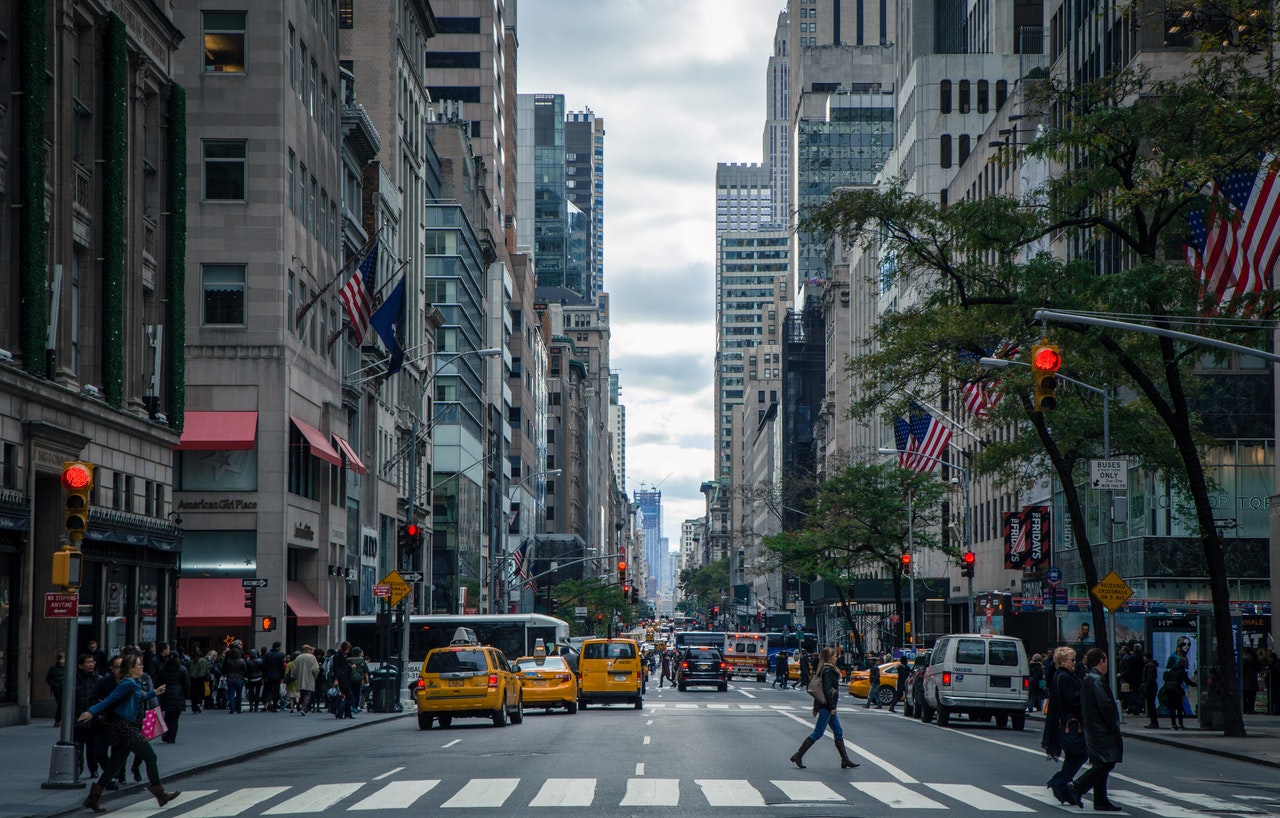Kids are starting to swap swimming goggles for backpacks and flip-flops for sneakers, which can only mean one thing – it’s the end of the summer and it’s time to go back to school.
There’s always a buzz of excitement among students, parents and teachers alike as shoppers flock the stores looking for the most colorful pencil cases and the coolest fall wardrobe. To cater to these preferences, we see retailers doing new and innovative things for the back-to-school season. Take a look at these consumer and retailer trends to discover what’s cool for school in 2019.
Trend #1: The Bell is Ringing for Record Back-to-School Spending
According to the National Retail Federation (NRF), the average spending per household for back-to-school shoppers is $696.70 – the highest ever recorded. And that’s not all – the average spending per household for back-to-school college shoppers is $976.78. In total, that’s a projected $80.7B combined spending for clothing, supplies, laptops and other items for the next school year.
NRF also predicts that clothing and accessories will top K-12 families’ expenses at an average of $239.82, followed by electronics, shoes and school supplies. College shoppers plan to spend the most on electronics, followed by clothing, dorm and apartment furnishings and food items.
With a strong economy and high spending all around, retailers are prepping for an increase in sales this year, but only if they continue to innovate and keep ahead of the competition.
Trend #2: In-Store Shopping Gets an A+
Despite the growth in online shopping overall, Deloitte found that most back-to-school spending will continue to occur in-store, especially for school supplies and clothing. In fact, households plan to spend 56% of their budget in stores and 29% online, with the remaining 15% up for grabs with undecided shoppers.
With kids constantly growing and having their fair share of opinions on which notebook is their favorite, it’s no wonder that in-store shopping is still the channel of choice. Students want to be able to touch, feel and see all the options in-person. Still, Coresight Research estimates that approximately 28.3% of total US back-to-school spend will be online this year, up from 26.1% in 2018. This number will likely continue to grow as online becomes a popular channel for families looking for ways to save time and beat the back-to-school rush in an increasingly popular category.
Trend #3: Retailers Help Shoppers Beat the Back-to-School Blues
It’s always fun to see retailers come up with creative ways to make back-to-school a lot more exciting, whether through fun festivities or memorable shopping events.
For example, Walmart is hosting events such as STEM Day of Play, with DIY fun for kids. Meijer is treating incoming college freshmen to a party that includes a DJ, photo booth and interactive contests.
Retailers are also doing what they can to give back and get the community involved. Amazon is giving customers an easy way to donate a backpack full of school supplies to a student in need with Alexa. Food City hosted a back-to-school fair which gives away backpacks and school supplies to children in need.
Going the extra mile to create these experiences and campaigns will build a positive brand association in the minds of the consumers and keep them coming back beyond the back-to-school season.
Trend #4: Focus on Social Media
Of course, we can’t forget the power of social media. Students are invested in their social platforms, and it’s a great place for retailers to build up brand recognition and keep them top-of-mind.
Let’s take a look at Macy’s, who launched a back-to-school promotion that includes shoppable commercials on Snapchat and a video-sharing challenge on TikTok. By catering to U.S. teens, Macy’s is urging mobile users to record videos and inspire others to share their style. With mobile usage set to grow to 60% of back-to-school shoppers this year, it’s a great way for the brand to interact with their audience and find creative ways to meet customers where they’re at.
These four trends highlight the evolving changes that are happening around one of the biggest shopping seasons of the year. Retailers are gearing up for back-to-school sales by meeting consumers’ changing demands and getting ahead of the competition. With dedicated studying and strong execution, innovative retailers will surely ace the test!










